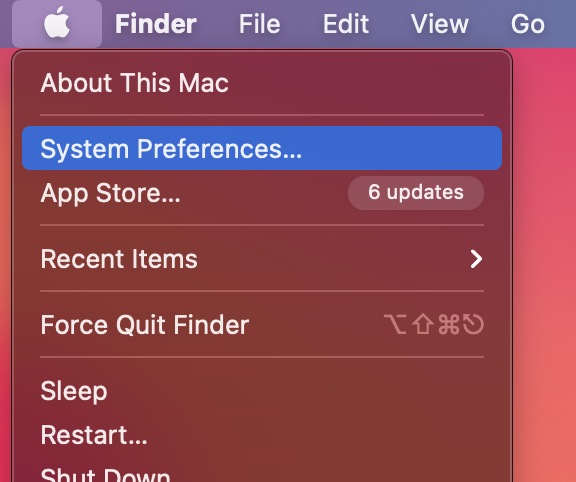

- #View shutdown timer terminal mac how to#
- #View shutdown timer terminal mac mac#
- #View shutdown timer terminal mac windows#

As of Thursday, the city had issued 1,629 moving permits for Aug. That means less space on the roads for moving trucks, as well as fewer places for them to stop and unload. To help those shuttles, the city is creating temporary bus lanes and putting parking restrictions in place along the shuttle route. To replace sidelined trains, the MBTA will run as many as 200 shuttle buses along the Orange Line route. This year, the Orange Line shutdown promises to make Boston’s big Moving Day even more miserable. By default, when you initiate a shutdown from an Amazon EBS-backed instance (for example, using the. Many of the city’s apartment leases turn over on that date, putting hundreds of moving trucks onto the streets at the same time and, inevitably, a few onto Storrow Drive to meet a grisly fate. For more information about ClassicLink, see ClassicLink.
#View shutdown timer terminal mac mac#
Then, drag and drop the system drive from your desktop inside it.Sept. Schedule feature From the Apple menu ( ), choose System Preferences, then click Energy Saver Click the Schedule button, then use the checkboxes and. Enter administrator commands in Terminal on Mac You must be an administrator or root user, also called superuser, to execute many of the commands used to manage a server. You should only use a force shutdown on your Mac as an absolute last resort.
#View shutdown timer terminal mac how to#
Open the Apple menu, choose System Preferences, and select Spotlight.Ģ. If its totally frozen, well show you how to force restart or shut down. Try rebuilding it to help reduce system storage on Mac.ġ. You will see multiple shutdown files popping up but you need to select the.
#View shutdown timer terminal mac windows#
Sometimes, your Mac may display an incorrect “System” storage reading due to a broken Spotlight Search index. Time to harness the potential of the Auto Shutdown feature on Windows 10. Then, restart your Mac normally and see if that helped. Wait for a couple of minutes until the storage indicator updates itself completely. Power it back on, but immediately press and hold the Shift key until you see the Apple logo.Īfter your Mac boots into Safe Mode, go to Apple menu > About This Mac > Storage. To do that, start by turning off your Mac. Enter/Exit Safe Modeīooting into Safe Mode can help remove redundant or obsolete system-related files on your Mac. Repeat steps 1– 4, but use the path /Library/Caches/ (which opens the system cache) in step 2 instead. If the graph shows a lot of yellow and red, it might be time to increase the amount of RAM in your computer. When accurate measurement is essential you can rely on Timer, in addition to accuracy, you will find a lot of useful features: the stopwatch lets you check. If everything looks good, clear the Trash.ĥ. The internet LED on the router is on if the Ethernet cable connecting the. Note: If Finder doesn’t display folder sizes in List view, open View on the menu bar, select Show View Options, check the box next to Calculate all sizes, and select Use as Defaults.Ĥ. Make sure the Ethernet cables are securely plugged in. Type ~/Library/Caches/ and press Enter to open the application cache. Tip: For a complete walkthrough, check how to clear the Mac cache.Ģ.

That helps speed things up, but sometimes, the application and the system caches can balloon out of control and ramp up the “System” reading. Delete System and Application Cacheīoth the operating system and the various applications that run on your Mac frequently cache lots of files. Delete any large connection log files inside the directory. ~/Library/Containers//Data/Library/Logs/Mailģ. This will show you how the time, how many hours or days of uptime, number of users, and CPU load averages. Type the following folder path and press Enter: The Terminal command we’ll be using is a simple, one-word command: That’s it. It’s best to check and get rid of them.ġ. Step 1 Open Terminal.app Open Terminal.app One comment Step 2 Listing previous shutdowns Copy and paste the following command in your Terminal window: log show -predicate 'eventMessage contains 'Previous shutdown cause'' -last 24h The '24h' portion of the command can be changed to any number of hours, depending on how far back you need to see. Delete Connection Log FilesĪpplication logs aside, your Mac may also contain massive connection log files related to the Mail app. Here +30 means you’re scheduling a shutdown in 30 minutes. To make things easier, you can switch to List view (from the top of the Finder window) and use the Size column to sort the log files by size. You can use this command to shutdown your Mac at a scheduled time: sudo shutdown -h +30. Check for any oversized log files and delete them.


 0 kommentar(er)
0 kommentar(er)
